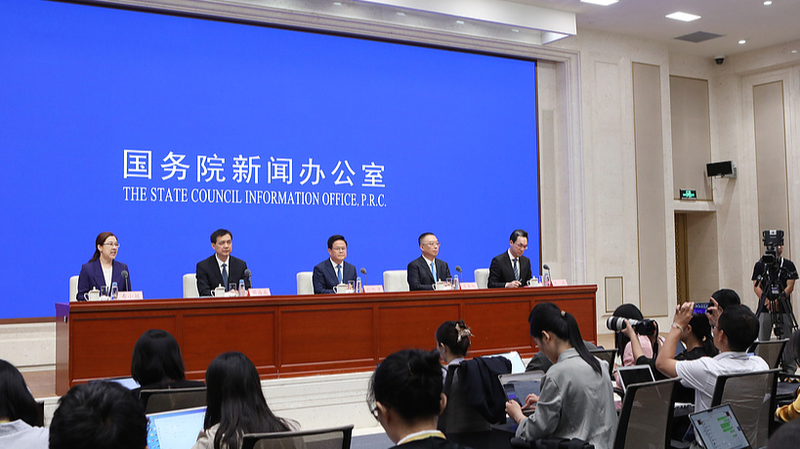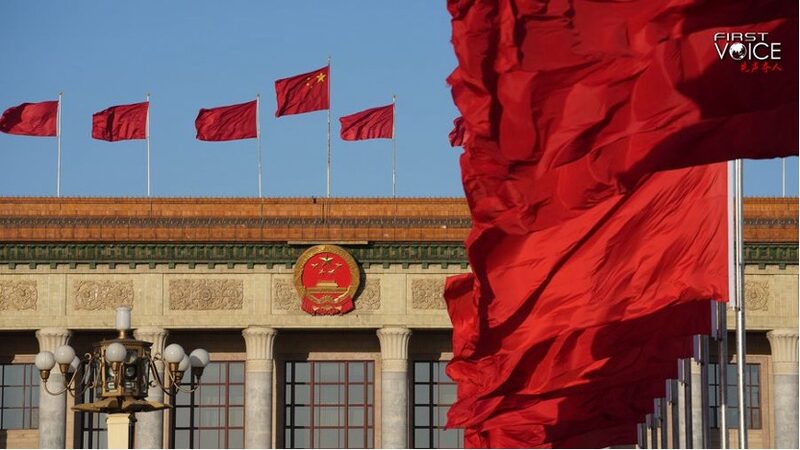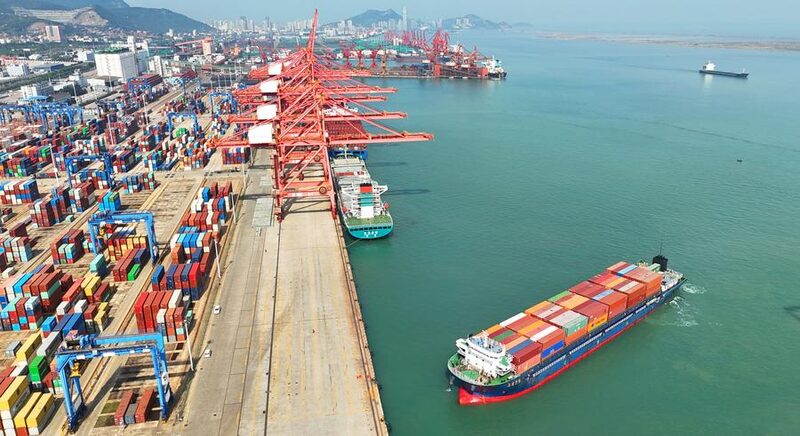As global economies grapple with uneven recovery and geopolitical uncertainties, China's economic performance continues to outpace expectations, with analysts attributing its resilience to deeply embedded institutional advantages. These systemic strengths – spanning governance models, innovation networks, and policy coordination – position China as a stabilizing force in worldwide economic growth.
Strategic Governance: Balancing Stability and Growth
China's distinctive approach to economic management has demonstrated remarkable effectiveness in navigating global turbulence. Unlike Western counterparts cycling through extreme monetary policies, Chinese planners employ coordinated fiscal, industrial, and social strategies that create shock-absorbing synergies. This governance model shines through three critical mechanisms:
- A strategic reserve system ensuring commodity security amid market fluctuations
- Multi-layered financial risk containment frameworks
- Adaptive regulations fostering innovation while maintaining oversight
Recent stress tests – from pandemic disruptions to energy crises – have validated this approach. Economic planners' emphasis on preemptive adjustments over reactive measures enables smoother policy transitions, a capability increasingly recognized as a structural advantage in global economic circles.
Innovation Engine: From Catch-Up to Leadership
China's transformation into a technology powerhouse forms the second pillar of its economic resilience. The nation's innovation ecosystem uniquely combines state-led research initiatives with private-sector commercialization agility. Mega-projects in quantum computing and AI provide foundational breakthroughs, while enterprises rapidly deploy market applications – a dynamic exemplified by recent semiconductor industry advancements despite external constraints.
Regional specialization further fuels technological progress:
- Beijing-Tianjin-Hebei: Cutting-edge research corridor
- Yangtze River Delta: Advanced manufacturing hub
- Guangdong-Hong Kong-Macao Greater Bay Area: Digital economy frontier
This decentralized yet interconnected model prevents bottlenecks while stimulating healthy regional competition. Complementing these systems, massive STEM education investments and talent recruitment programs have built the world's largest engineering workforce, blending domestic expertise with global insights.
As China prepares its 15th Five-Year Plan (2026-2030), these institutional strengths form both a stabilizing foundation and springboard for sustainable growth. The nation's ability to systematically convert long-term strategies into implementable policies continues to redefine developmental paradigms in an increasingly volatile global economy.
Reference(s):
China's institutional advantages behind its economic resilience
cgtn.com








